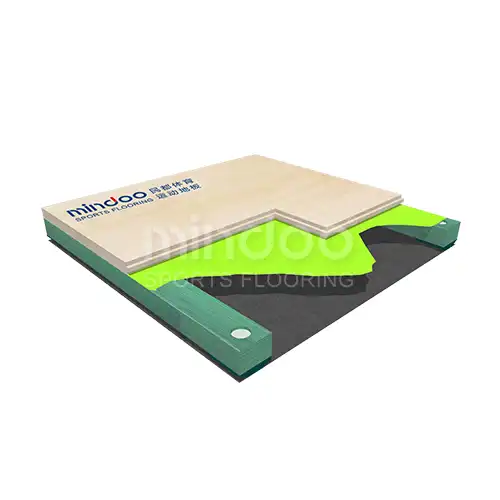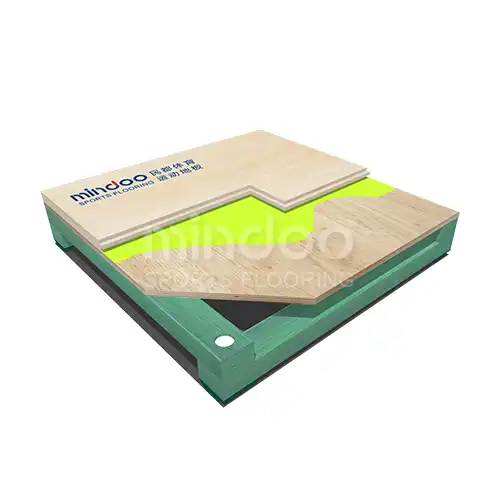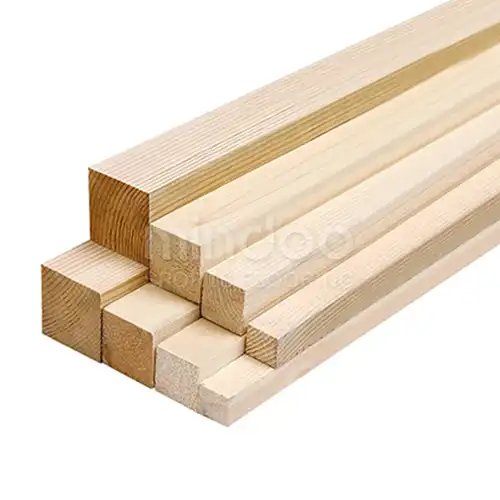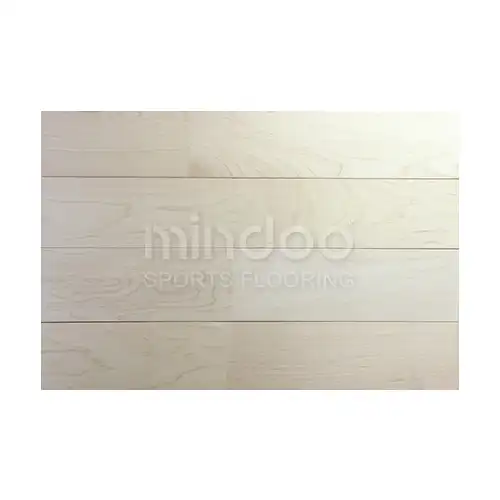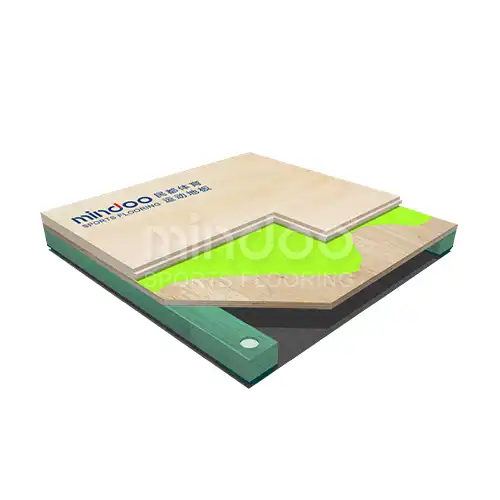Common Pitfalls in Cleaning Sports Hardwood Floors: Don't Turn Your Court into a Slip-and-Slide
Sports hardwood floors are more than just aesthetically pleasing—they directly impact athlete safety and the longevity of the court. Cleaning these specialized floors may seem simple, but it’s filled with pitfalls. If you've ever used the wrong cleaning method or thought “just clean it more often,” you might have stepped into one of these traps. Let's reveal some common mistakes and help you avoid making them, so your sports floor stays in top shape and safe for athletes.

1. “Just Mop It Like a Regular Floor”
Some people think that mopping a sports hardwood floor is just like mopping any other floor. However, if you mop with excessive water, it can seep into the gaps between the boards, compromising the stability of the wood. This can also reduce the floor's traction, making it slippery and increasing the risk of athletes slipping and falling.

Correct Method: Use specialized cleaning tools designed for sports hardwood floors and a mop with minimal water. Wipe the floor with a damp cloth rather than a soaking wet mop, ensuring no excess moisture remains.
2. “More Cleaner Means Better Results”
Many people believe that the more cleaner they use, the better the outcome. In reality, too much cleaner can leave residue on the surface, affecting the floor's grip, and even making it slippery, which can lead to injuries.

Correct Method: Use a cleaning product specifically designed for sports hardwood floors and follow the recommended usage amounts. Avoid cleaners with strong chemical components, especially wax-based or oily products, as these can make the surface more slippery and pose a safety hazard.
3. “Ignoring Regular Dust and Debris Removal”
Dust, sand, dirt, and other debris naturally accumulate on sports hardwood floors. If not cleaned regularly, these particles can increase friction during play and cause scratches or damage to the finish. These small particles, when allowed to accumulate, can compromise both the floor's appearance and its performance.
Correct Method: Regularly vacuum the floor, especially before and after games or practices. Ensure no debris is left behind to maintain optimal performance and protect the floor's finish.
4. “Thinking Regular Cleaning Is Enough”
Sports hardwood floors experience a lot of wear and tear, much more than typical residential wood floors. Many believe that daily cleaning is sufficient, but they neglect the need for professional deep cleaning and maintenance. This can lead to the gradual breakdown of the floor’s protective coating, which impacts performance and shortens the lifespan of the floor.

Correct Method: Periodically, especially after heavy use, hire professionals for deep cleaning and maintenance. This includes reapplying the protective layer to ensure the floor remains smooth and safe.
5. “Dragging Sports Equipment Around”
Dragging heavy sports equipment across the floor can easily leave scratches or damage the finish. Even minor friction can affect the floor’s surface, impacting both its appearance and its safety performance.

Correct Method: Avoid dragging equipment. Use equipment with appropriate casters or place protective pads underneath to avoid direct contact with the floor.
6. “Ignoring Environmental Humidity Control”
Sports hardwood floors are highly sensitive to humidity. Both excessive moisture and dryness can damage the floor, causing it to warp or crack. If you use too much water during cleaning or if the humidity is too high in the environment, moisture can seep into the wood, affecting its structure.
Correct Method: Maintain the ideal indoor humidity level for the floor—between 40% and 60%. After cleaning, ensure the floor dries naturally by improving ventilation, and avoid using excess water during the cleaning process.
7. “Ignoring Special Stains”
Sometimes, sports hardwood floors can get special stains, such as sweat, mud, or oil from sports equipment. Many people make the mistake of treating these stains the same way they would treat regular dirt, which can make them harder to remove.

Correct Method: For special stains, use a cleaner specifically designed for hardwood floors and treat the stain locally. Avoid harsh chemicals that could damage the floor’s finish.
Cleaning sports hardwood floors is not just about appearance—it’s about maintaining the safety and longevity of the court. By avoiding the common pitfalls outlined above and using the right cleaning methods, you can extend the life of your floor and ensure that it remains safe for athletes. Remember, it’s not about cleaning more—it’s about cleaning correctly!
